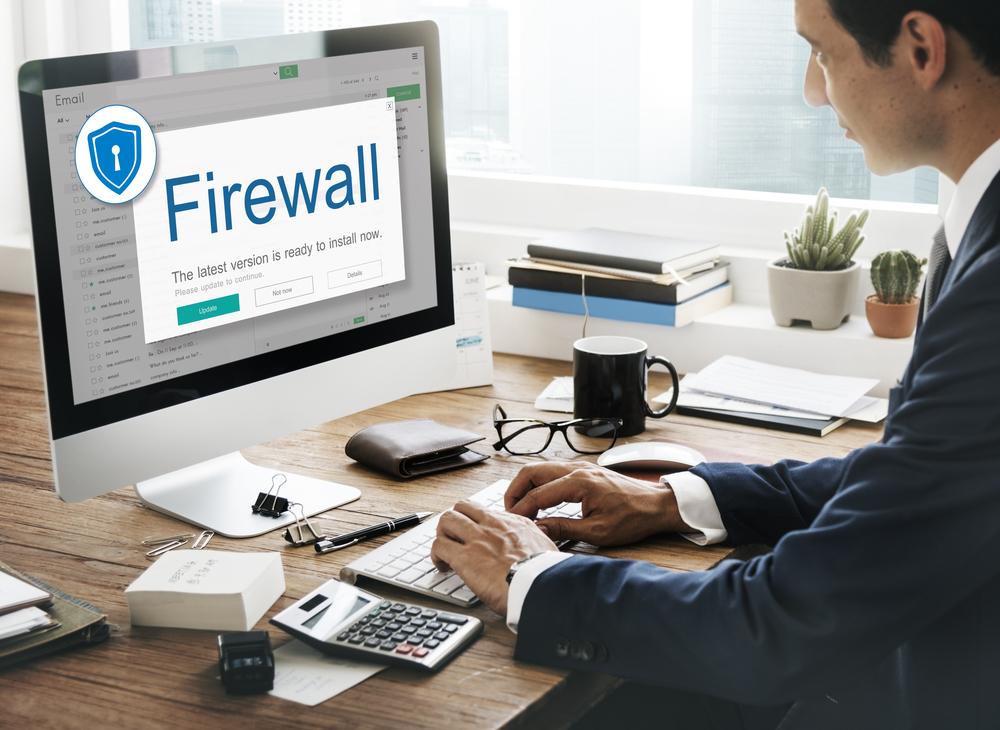Effective Strategies to Prevent Phishing Scams
Learn effective methods to identify and prevent phishing attacks. This guide covers common scam signs, safety tips, and cybersecurity measures to keep your personal and organizational data secure online. Stay informed and safeguard yourself from cyber threats today.

Effective Strategies to Prevent Phishing Scams
Many individuals encounter phishing attempts but often remain unaware. You might receive an email, call, or text from your bank or financial institution requesting personal details. Although it may look legitimate, it's designed to trick you into providing sensitive information. Phishing involves impersonating trusted organizations to steal data like account numbers, passwords, or PINs. Staying vigilant and informed is crucial to avoid falling victim to such scams. Online transactions are generally safe when you deal directly with trusted sources, but scammers’ tactics are becoming increasingly convincing.
The key to safeguarding yourself is awareness. A common phishing tactic involves sending emails that claim to be from reputable institutions, prompting you to click links and verify your information. Without careful scrutiny, you may unknowingly give scammers access to your accounts.
Signs of a Phishing Email
Too good to be true - Catchy headlines, tempting offers, or exaggerated claims, like winning a large prize or a new gadget, are red flags. Avoid clicking links or providing info in such emails.
Pay attention to suspicious hyperlinks. They might look like legitimate websites but will redirect you elsewhere or contain misspelled versions of trusted URLs. Always verify URLs carefully.
Unknown Sender - If you receive messages from unfamiliar contacts or unexpected sources, it's best to delete them without engaging.
Odd Attachments - Do not open unexpected or suspicious attachments, which may contain malware, ransomware, or viruses. The only safe file type is usually plain text (.txt).
How to Prevent Phishing Attacks
Educate yourself on recognizing spam and phishing attempts. Knowledge is your first line of defense.
Use email filtering services that detect and block phishing emails before reaching your inbox.
Implement email authentication protocols like SPF, DKIM, and DMARC for your organization’s email systems.
Employ web security gateways to monitor and block malicious URLs and sites.
Utilize trusted resources such as OnGuardOnline, anti-phishing groups, and security websites to stay updated on current scams.
Review phishing email examples from sites like MillerSmiles and FraudWatch to recognize common tactics.
Conduct regular cybersecurity awareness training for employees to improve their ability to identify and report phishing attempts.










